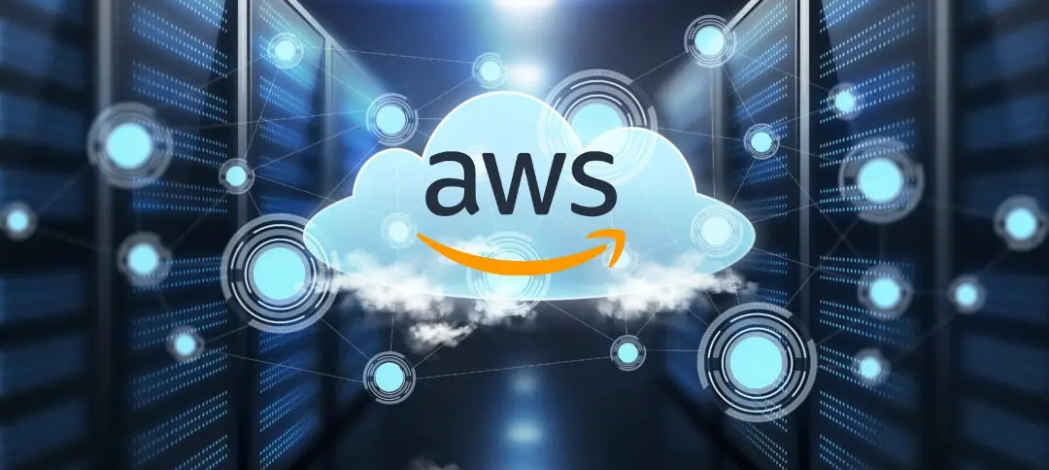
AWS/DevOps
AWS DevOps: Streamlining Collaboration & Efficiency
Gain expertise in AWS and DevOps for seamless cloud-based software development. Master AWS fundamentals like EC2, S3, and Lambda, alongside DevOps practices such as CI/CD pipelines and infrastructure as code. Prepare for AWS certifications while learning Git, Docker, Kubernetes, and monitoring tools. Launch your career in cloud computing and DevOps with this comprehensive course.
-
Features of SharvilPro Learning:
1. Industry Experts as Trainers
2. Hands-on Learning Approach
3. Mock Interviews
4. Resume Preparation Support
5. Profile Building
6. Placement Assistance
7. Internship Opportunities with Certification
-
Experienced AWS Professional Ready to Architect Your Cloud Solutions
1. AWS Solutions Architect
2. AWS Cloud Engineer
3. AWS DevOps Engineer
4. Cloud Security Engineer
5. Site Reliability Engineer (SRE)
Course Curriculum
Master AWS & DevOps: Transforming Skills into Seamless Cloud Solutions
Module 1: Introduction to AWS/DevOps
1. Overview of AWS and DevOps
2. Relationship between AWS and DevOps
Module 2: Basics of SDLC (Software Development Life Cycle)
1. Understanding SDLC Phases
2. Importance of SDLC in Software Development Projects
Module 3: Team Structure in IT and Roles and Responsibilities
1. IT Team Structure Overview
2. Roles and Responsibilities of Various Teams
Module 4: Agile and DevOps
1. Overview of Agile Methodology
2. Introduction to DevOps
3. DevOps Roles and Responsibilities
4. DevOps Engineer Role
5. Collaboration between Development and Operations Teams
Module 5: Basic Linux and Shell Scripting
1. Introduction to Linux Operating System
2. Shell Scripting Fundamentals
Module 6: Basics of Cloud Computing
1. What is Cloud Computing?
2. Types of Cloud
3. Types of Cloud Services: SAAS, PAAS, IAAS
Module 7: AWS Introduction and Basics
1. Overview of AWS and Basic Concepts
2. Services Offered in AWS
Module 8: EC2 – Elastic Compute Cloud
1. Understanding EC2 Instances
2. EBS Volumes, Snapshots, and Retention Policies
3. AMIs (Amazon Machine Images)
4. Security Groups, Key Pairs
5. Load Balancer and Autoscaling Group
6. Launch Templates
Module 9: VPC – Virtual Private Cloud
1. Introduction to VPC and Subnetting
2. Components of VPC (IGW, NAT, SG, NACL, Route Tables)
3. VPC Peering
4. Elastic File System
Module 10: S3 – Simple Storage Service
1. Overview of S3, Buckets, Objects, and Keys
2. Service Endpoint and S3 Architecture
3. Cross-Region Replication, Versioning, and Storage Classes
4. Static Website Hosting
Module 11: AWS CLI and S3 CLI Commands
1. Introduction to AWS CLI and S3 CLI Commands
Module 12: IAM – Identity and Access Management
1. Users, Groups, IAM Roles
2. Policies and Types of Policies
Module 13: Simple Notification Service (SNS)
1. SNS Topics, Subscription Endpoints, and More
Module 14: CloudWatch Monitoring
1. Overview of CloudWatch Components, Events, Alarms, and Logs
2. Monitoring AWS Resources Using CloudWatch
Module 15: CloudTrail
1. AWS Account Monitoring Using CloudTrail
Module 16: Relational Database Service (RDS)
1. Basics of Database and Types of RDS DB Instances
2. Read Replica, Multi-AZ Deployment, DB and App Connection
Module 1: GIT
1. GIT Basics and Source Code Management
2. Git Architecture, Working on Git and Collaboration
3. GitHub Usage, Branches, Tags, Pull Requests, and Commands
Module 2: MAVEN – Build Tool
1. Maven Basics, Local and Remote Repositories
2. Maven Commands, Pom.xml, and more
Module 3: Jenkins
1. Introduction to CICD and Jenkins Architecture
2. Jenkins Installation, Components, Freestyle Jobs, and Pipeline Scripts
3. Jenkins Multi-pipeline Jobs, Tool Configuration, Credentials, and Plugins
4.Slave Configuration
Module 4: Docker
1. Docker Introduction, Architecture, and Components
2. Docker Registry, Images, Containers, Volumes, and Dockerfiles
3. Docker-compose
Module 5: Ansible
1. Introduction and Architecture of Ansible
2. Adhoc Commands, Ansible Modules, Playbooks, and Inventory
3. Ansible Vault
Module 6: Terraform
1. Introduction and Architecture of Terraform
2. Terraform Providers, HCL Language Basics, State File, and Variables
3. Terraform Lifecycle and Concepts
Module 7: JIRA Basics for DevOps
1. Basics of JIRA and its Usage in DevOps

Mark Jukarberg
UX Design LeadDorem ipsum dolor sit amet, consectetur adipiscing elit, sed do eiusmod tempor incididunt ut labore et dolore magna aliqua Quis ipsum suspendisse ultrices gravida. Risus commodo viverra maecenas accumsan.







